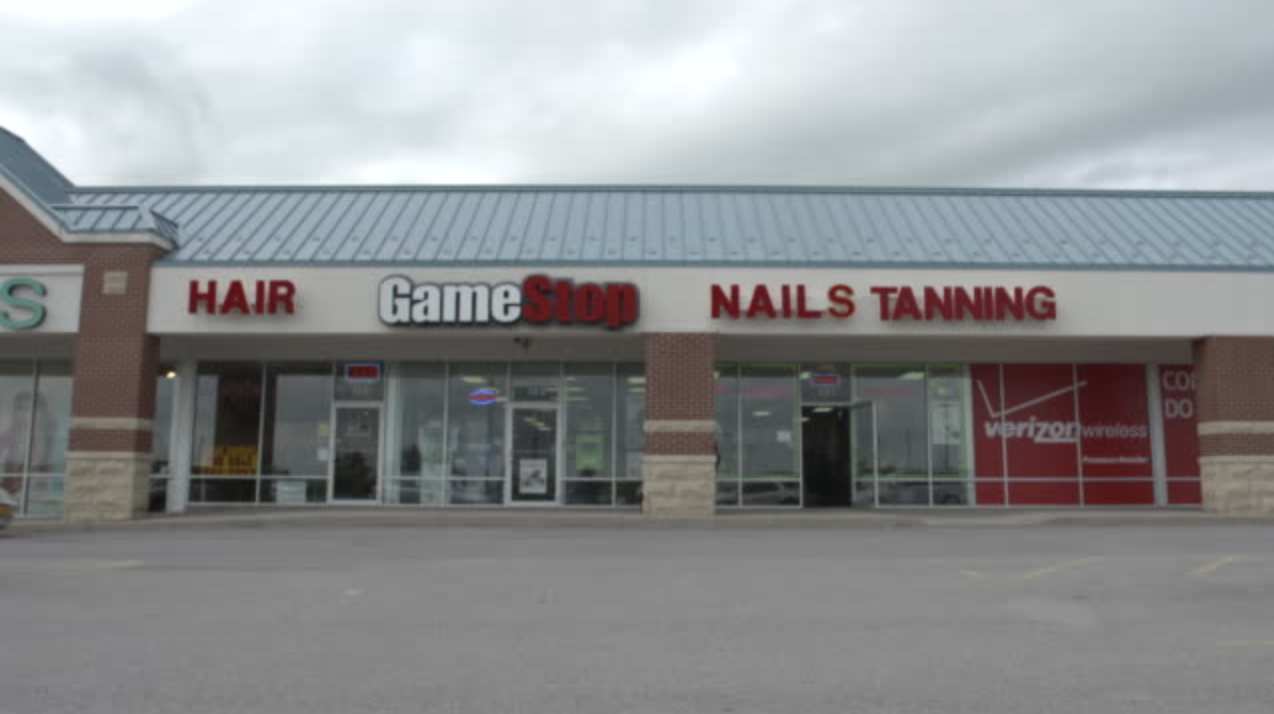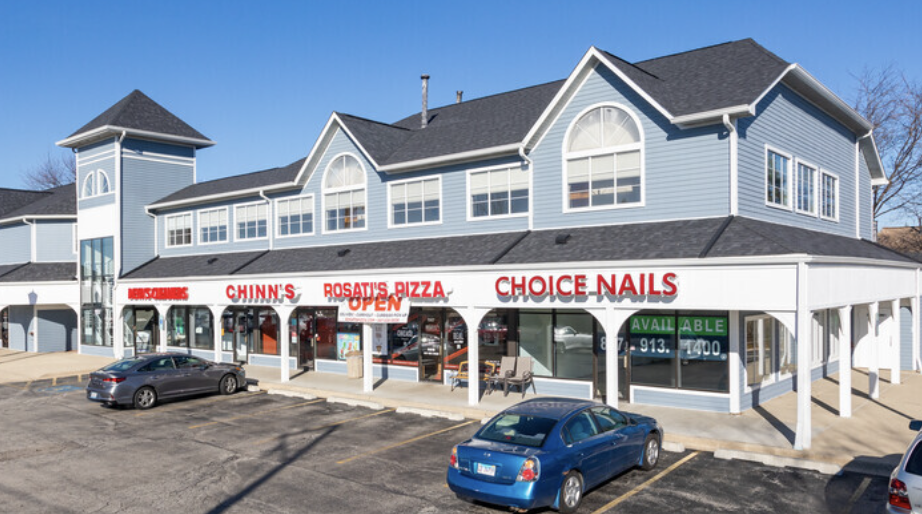Why do brick-and-mortar stores invest so little in signage?
When I walk around strip malls or downtown areas I often feel confused. Storefronts are bafflingly ugly.

Familiar tacky red lettering.
Good signage reliably drives foot traffic. Multiple regression and ARIMA models on sales data from retail sites suggest non-trivial sign modifications boost weekly revenue by 5 to 15 percent, with low-performing businesses deriving the greatest benefits. Around 30 percent of consumers report having visited new stores on the basis of sign quality. But we don’t need fancy statistics to intuit the value of branding. How much more likely are you to visit the store on the right vs. the left?

Sanity check: standard front-lit channel letter signs cost around $3,000-$7,000 including installation. Hiring a designer costs another $100-$1,000. If we’re using LEDs energy costs are negligible. Say a store makes $300,000 a year and replacing its sign results in a 5% increase in sales. Over the course of 5 years we’re getting around 900% ROI, conservatively speaking.
What’s going on? I don’t suppose “ugliness” has some sort of single upstream cause. But I expect a few explanations to account for the majority of signs for which replacement makes economic sense.
One theory is that owners of shopping centers enforce strict signage criteria on their tenants. Lease agreements indeed often include multi-page guidelines for sign design and installation. Landlords may reasonably want avoid negotations with each of their tenants when they request sign additions or modifications, or unpleasantries when tenants put up bad signs without permission that hurt business. Conversely, it’s a hassle for tenants to negotiate signage rights with landlords who just don’t get it. Mall owners also face space restrictions and zoning laws that are easily dealt with by standardizing style. In the name of “assuring an outstanding shopping center,” Spoerlein Commons of Buffalo Grove, Illinois mandates that “colors for double-faced, under canopy signage will be limited to red letters of a stained white wood background.” Here’s the result of that:

There’s also the inconvenience of obtaining a sign permit. Review processes can take several weeks in some cities and often must be handled by a licensed signage contractor. Illuminated signs, usually the most effective for customer engagement, are more difficult to coordinate permits for since many municipalities require annual renewal and special electrical signage contractors. So securing a sweet new sign isn’t as simple as sending money to a designer. You get to navigate lengthy legal codes and pay third parties lots of fees!
It’s a bear just to figure out what you want. Good graphic designers are notoriously hard to find: the freelance space, where one is most likely to nab designers willing to work on short-term projects, is crowded with dilettantes. I imagine this problem is exacerbated by the fact that many local sign companies are one-stop shops who throw mediocre design services into their fabrication, installation, and maintenance bundles. It’s tempting to skimp on quality to save money and time.
Small business owners are understandably risk-averse. The JPMorgan Chase Institute reports that the median US small business holds a cash buffer of less than one month, with average daily outflows of $374 and average daily inflows of $381. For businesses living from day to day, relying on loans or personal funds to deal with unanticipated expenses, a several hundred- or thousand-dollar signage investment is a potential hundred- or thousand-dollar loss that may be simply unacceptable. I don’t know that the relative dependability of returns on branding efforts is common knowledge, or if patience is a particular virtue of the average retailer.
There’s the somewhat uncharitable hypothesis that retailers just don’t understand what good signage looks like. I think this doesn’t make that much sense because human aesthetic preference is fairly uniform (hence convergence on e.g. certain graphics trends or architectural styles). We don’t need to be professional designers to tell apart good-looking things from bad-looking things. The more important part of the story seems to be retailers underestimating the value of good-looking things. Restaurant owners are no masters of electrical infrastructure, but they hire electricians because they recognize that electricity is central to the function of their kitchen. One has to be significantly more farsighted than that to appreciate a sign’s long-term effect on customer behavior. Of course markets’ chronic undervaluation of design extends beyond retail and has been a pain point for designers for years. One explanation for this is the effect of arbitrary coherence, where designer clientele anchor to a low initial price set by some less-than-professional competitor.
So those are a few plausible reasons why storefronts look like deceptively quick fixes. I’ll probably still complain about them, but I’ll do so with greater empathy.